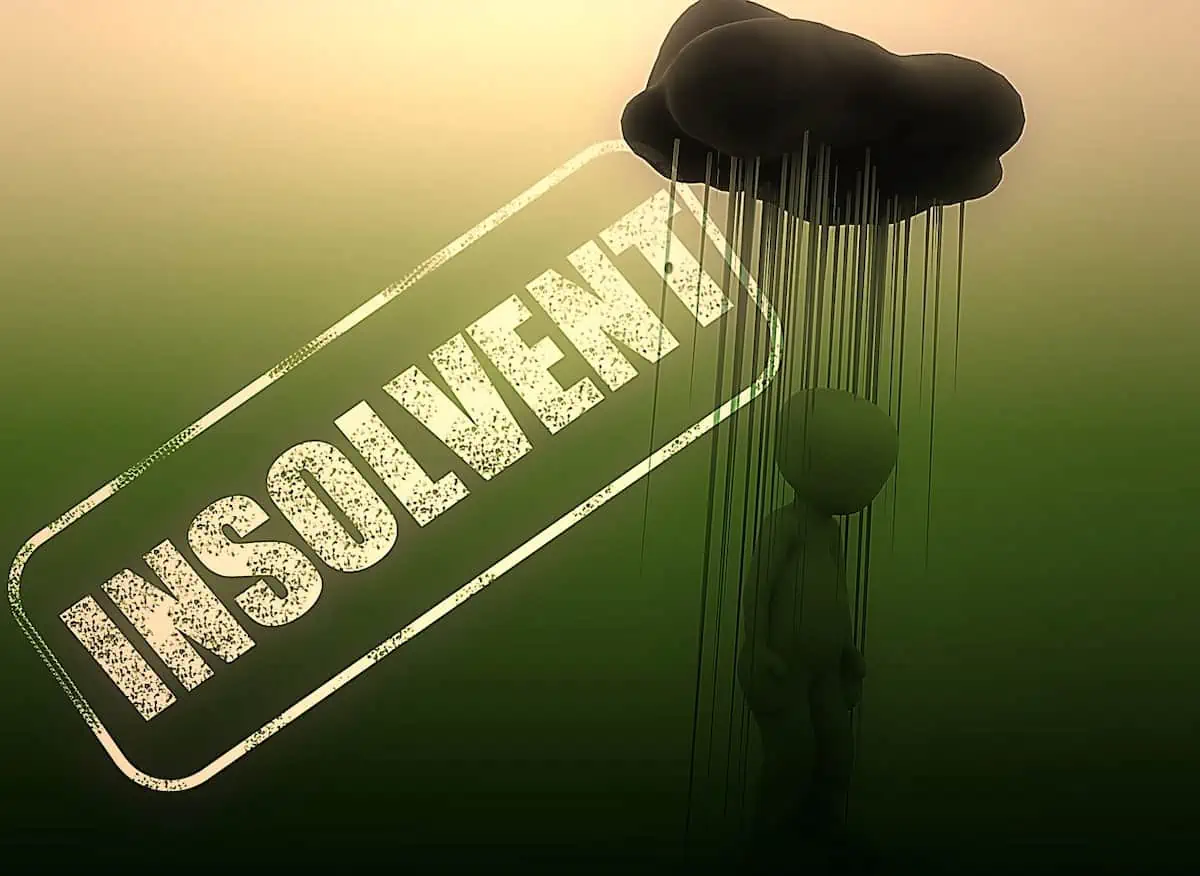It can be very stressful and emotionally difficult when a business encounters financial difficulties. If your business has fewer assets than liabilities and it cannot pay off creditors when debts are due, it is insolvent.
In such cases, the options available may be limited. By acting quickly, there are several company rescue solutions that may be available – for example, you may be able to restructure payments or renegotiate terms – but otherwise, a voluntary liquidation may be the only path forward.
Making this decision should not be taken lightly, as it has far-reaching consequences for all stakeholders involved. The first step for any company directors facing cash flow problems or the looming threat of insolvency is to seek advice from an expert company rescue advisor or insolvency practitioner. They will quickly be able to identify your business’ options and provide guidance on how you can move forward.
Many business directors are concerned that a Members’ Voluntary Liquidation is the worst possible option, but in fact, there can be much more serious consequences for directors who do not act at all. While the decision to go into liquidation is a difficult one to make, it can relieve the stress of corporate debt, halt legal action against your business by creditors, and help you to put a fraught situation behind you. In the event of insolvency, a Creditors Voluntary Liquidation (CVL) is usually the best option.
Appointing an insolvency practitioner who is experienced in dealing with businesses of your size and type can actually make this process remarkably easy. Here, we will explain how the voluntary liquidation process unfolds and why it can be the best option for a business facing insurmountable financial challenges.
How does the liquidation process start?
If your business has sought advice and determined that voluntary liquidation is the only realistic path forward, the first step will be to appoint an insolvency practitioner. The practitioner will take control of the business at this stage – it will immediately cease to trade and, in most cases, employees will be made redundant. Directors will remain in place but must ensure they do not take any actions to devalue the business.
To proceed with a formal liquidation process requires approval from the business’ creditors. To secure this approval, the appointed practitioner will produce a directors’ report. This report will contain a summary of the business’ current financial standing and make the case for liquidation. The details provided in the report will include:
- A full list of the company’s assets: physical assets, stock, work-in-progress, debtors
- A full list of creditors
- Extracts from accounts
- A timeline of company activities
- Shareholder information from the company’s statutory register
Once the report has been written, creditors will be invited to a virtual meeting during which they will have the chance to review it and vote on liquidation. In most cases, the insolvency practitioner who prepared the report will be appointed as liquidator and the creditors will approve the liquidation, allowing the process to begin.
What happens once the liquidation is underway?
When creditors agree to move ahead with the liquidation, the appointed liquidator will begin to sell off the business’ assets in order to pay debts; first to secured creditors, then to preferential creditors, and finally to unsecured creditors.
After the formal liquidation process begins, company directors are free to move on. In most cases, directors who have acted responsibly in managing their business will not face any legal consequences and are free to start a new company. In some cases, this new venture can even have the same name as the business that has just closed, although there are certain restrictions that apply to this.
If your business is facing cash flow problems or is at risk of becoming insolvent, it is important to remember that if you act quickly, you may be able to avoid the most devastating outcomes.
If you do not act, creditors may be able to apply for a winding-up petition and force your business into compulsory liquidation, so it is vital to take action as soon as you notice a problem, to give yourself the best possible chance of recovering your business and restoring it to solvency.

